The best bait to catch a wild animal will depend on the animal in question. When it comes to nuisance wildlife, many of these creatures are...
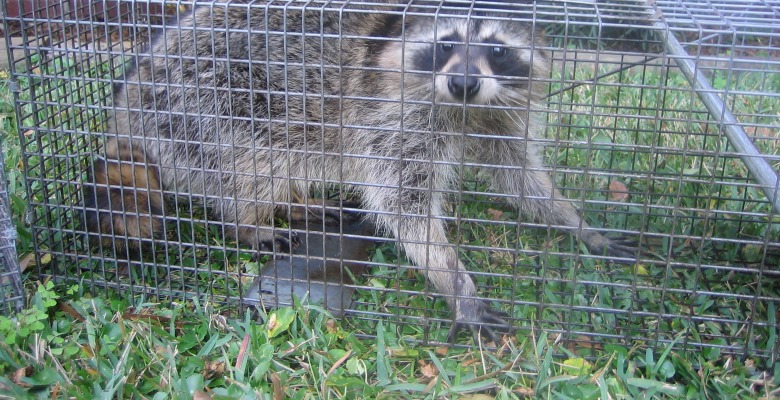
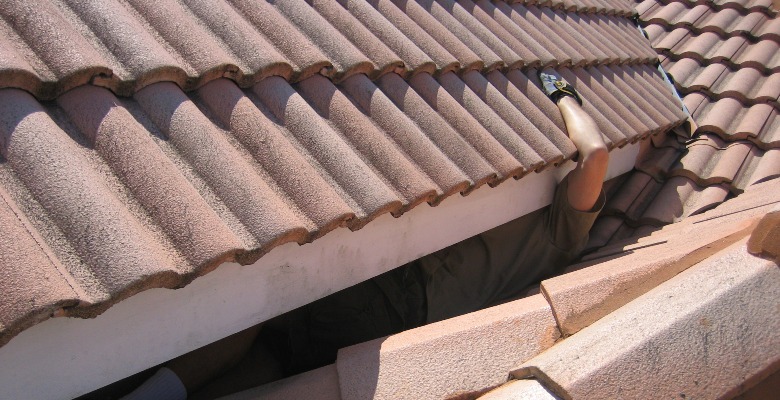
How to remove wild animal in the attic
Attics are prime locations for wild animals to seek shelter, especially in homes that have fallen into disrepair and likely have holes around roofs and eaves. An attic is the next step up from a hollow tree to most nuisance creatures. It is a warm, quiet environment, and the presence of humans keeps most predators away.
There are several animals commonly found in attics: squirrels, rats/mice and raccoons, though even snakes have been found to enjoy this high point in a home. Before you can remove the wild animal in the attic, you need to identify it first. Most people can tell they have an issue when they start hearing noises overhead, and these can be a clue as to what animal you are dealing with. Mice and rats, for example, will be quieter and may even be unheard. Squirrels like to romp by nature, and they will be noisier, scurrying and running throughout the attic as well as chewing and scratching. Larger animals, like raccoons, will make louder noises, but they will not be as rambunctious as squirrels so may be difficult to identify without investigating the space.
If you’re not sure which animals you are dealing with, investigate the attic and access how much damage there is as well as they type of feces present. The larger the animal, the larger the droppings and the bigger the mess. If you’re still unsure, contact a wildlife removal specialist. Knowing the animal you are dealing with is important to the removal process.
We can help! As America’s largest wildlife control company, we service over 1000 locations across the USA. Call us today to check our prices in your town.
Squirrels: Squirrels are the number on invader of attics around the country. These rodents can chew through almost anything not metal and will continue to chew once inside the home. Some squirrels, like flying squirrels, will have large colonies, living in groups as large as 20 adults. To remove a wild animal in the attic that is a squirrel, there are two options: live cage traps or exclusions doors. Exclusion doors are placed on an exit hole in the attic, allowing the squirrels to leave but not enter back in. This method can work, but because squirrels are excellent chewers the area near the exclusion doorway must be made chew-proof because they will attempt to get back inside. Live cage traps allow squirrels to be removed from the property far enough away where they won’t return.
Mice/Rats: Unlike other animals, mice and rats are lethally trapped. This is the only viable method of control because there are so many of these rodents and their populations can get out of control quickly. To get rid of these wild animals in an attic, all openings into the building must be sealed. Once the rats and mice are trapped inside, snap traps can be set up in high traffic areas. It is important to make sure the snap trap being used is the appropriate size for the rodent in question. Using a small snap trap for a rat could result in an injured rodent that is clattering around overhead. The rat must then be somehow captured and put out of its misery.
Raccoons: Of all the wild animals in an attic, Raccoons can be the most difficult to remove. These stealthy animals are very intelligent and may not easily be caught in live cage traps. An important fact to remember when dealing with raccoons in an attic is they are almost always there to raise young. If the time of year is right, you must look for baby raccoons as well. Find the babies first will allow you to use them inside a live cage trap to draw the mother in. You can use one-way doors for raccoons as well, but any babies cannot be left behind. The mother will fervently try to get back inside, destroying anything she can in her wake. If you exclude the mother with a door, make sure you can readily gather the babies and place them outside for her to collect. Ideally, the mother should still be trapped so the family can be relocated enough distance away to prevent them from returning.
Other important considerations: Any animal that has the mind to do it and can climb may invade an attic. Preventing this scenario is simple; keep your home in good repair. Routinely inspect the higher parts of your home, and immediately repair any openings you identify. If you do have a wildlife situation, make sure you clean up after the trapping and removal process. Leaving wild animal waste behind will invite other animals to the location due to pheromones given off by bodily secretions, feces and urine.
Over 1000 locations across the United States!
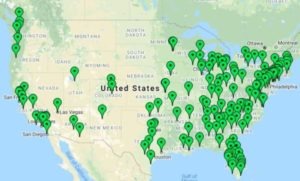

The best bait to catch a wild animal will depend on the animal in question. When it comes to nuisance wildlife, many of these creatures are...
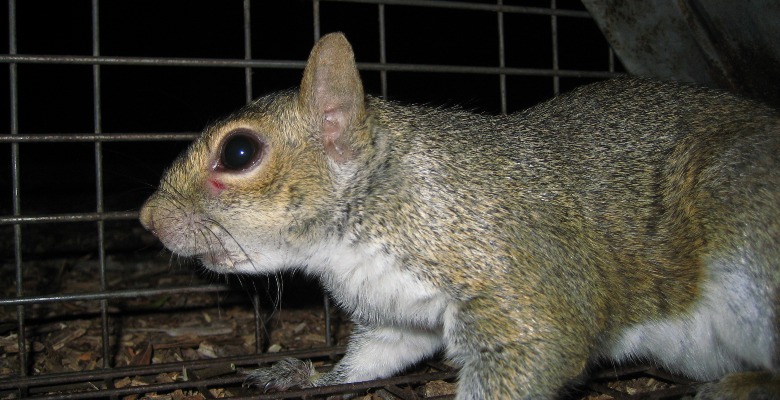
Squirrels are destructive when they are after something they want. We see this in small examples, like around birdfeeders and gardens; a determined...
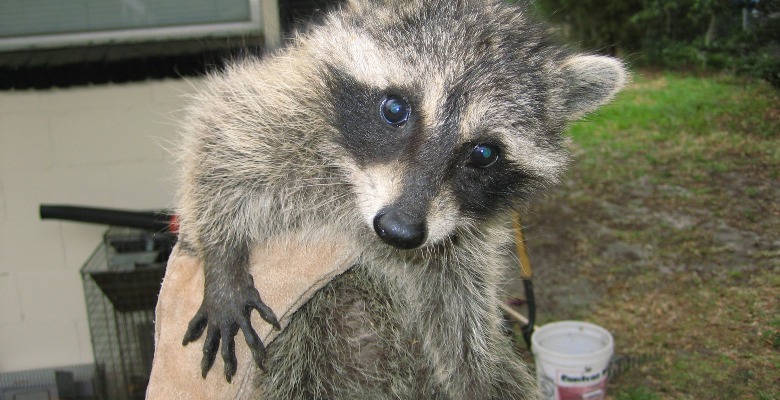
This is an interesting topic, and that's because the answer is different depending on who you ask. The elderly woman next door who leaves out food...